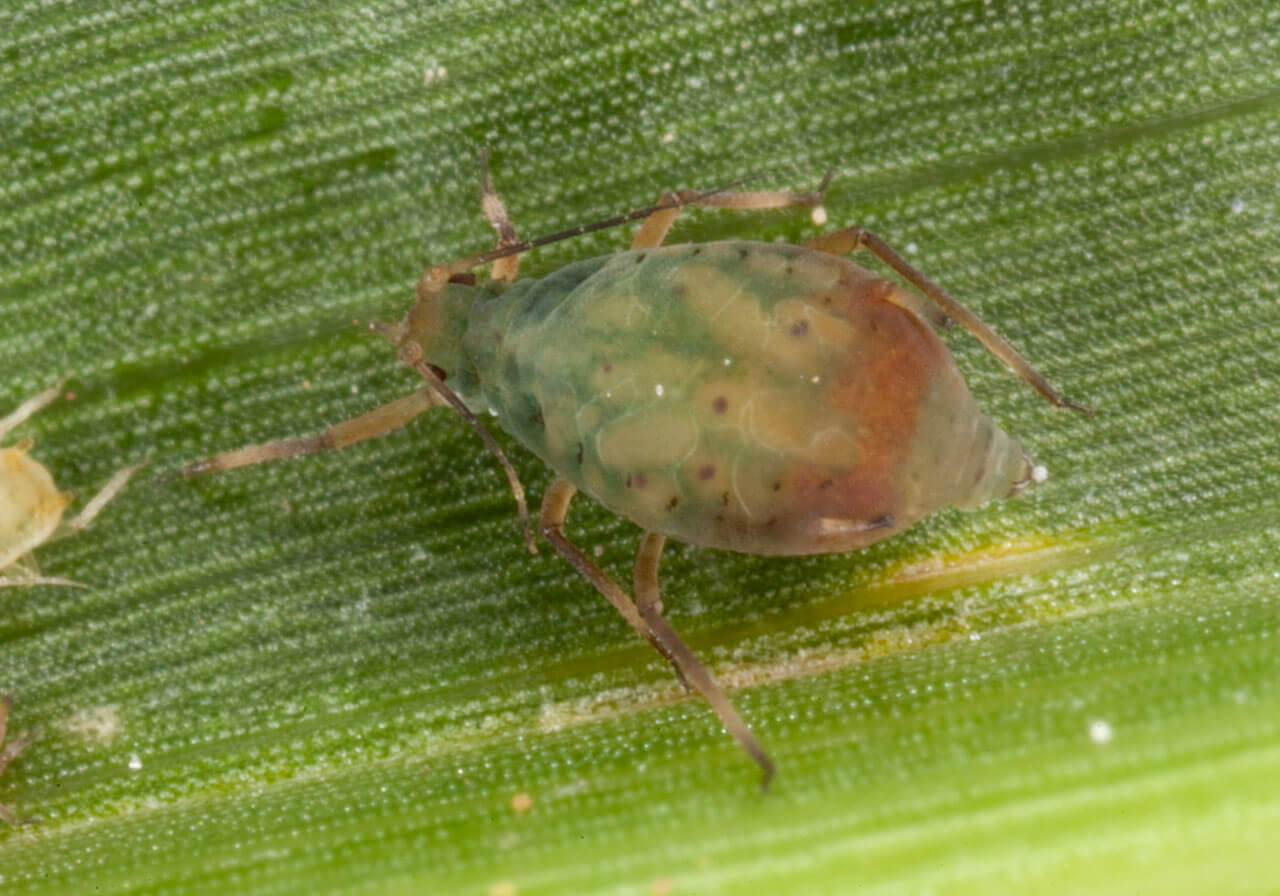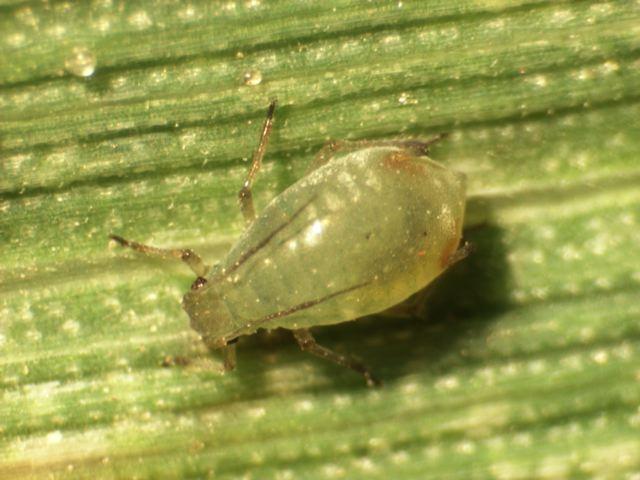
Cereal growers are being asked to safeguard the efficiency of aphicides by reporting control failures and sending off aphid samples for resistance analysis.
Aphicides are any pesticide intended to kill aphids, a pest insect which can damage crops.
The request forms part of a UK aphid-monitoring programme, part-funded by AHDB, which looks to detect emerging resistance issues so they can be tackled before they become an established threat to UK cereal production.
Rothamsted Research, which conducts the aphid screening work, is particularly looking for live field samples of bird cherry–oat aphid that unexpectedly survive treatment with insecticides this autumn.

Caroline Nicholls, who manages pest research at AHDB, said aphids can "adapt" to chemistry and undermine control strategies.
"Resistance to pyrethroids exists in both grain and peach–potato aphid. Resistance to pirimicarb and chlorpyrifos has evolved in the latter aphid too," Miss Nicholls said.
"Shifting resistance pressures warrant close monitoring to put us in a stronger position to detect emerging threats and tackle them before resistant aphids establish in the UK population."
Focus on bird cherry oat
The researchers at Rothamsted Research said they are interested to hear from growers who find aphids which unexpectedly survive an insecticide spray.
The monitoring service focuses, however, on some species more than others to reflect samples received and the need to detect new resistance issues.
Dr Stephen Foster at Rothamsted Research, who leads the aphid resistance monitoring project, said: "Our focus this autumn is bird cherry–oat aphid, although there is no known insecticide resistance in UK populations of these aphids at present.
"But the potential for resistance exists, so we must monitor the situation closely."
Bird cherry–oat aphid is one of the main vectors of barley yellow dwarf virus (BYDV) in cereals and can also transmit non-persistent viruses, such as Potato Virus Y (PVY), in potato crops.
In cereals, BYDV is most damaging when young plants are infected in the autumn.
Infections cause leaf yellowing and stunting of plants, often developing in distinct circular patches in the crop.
